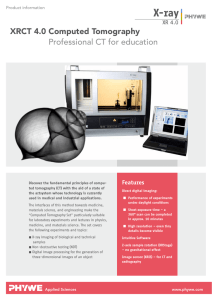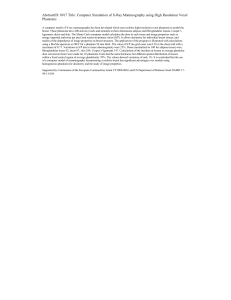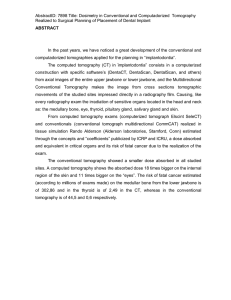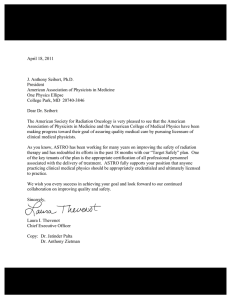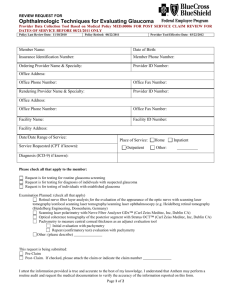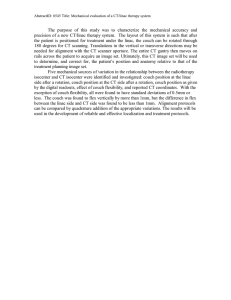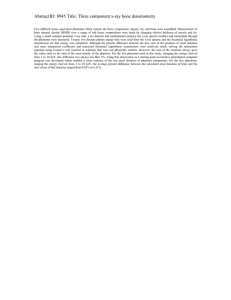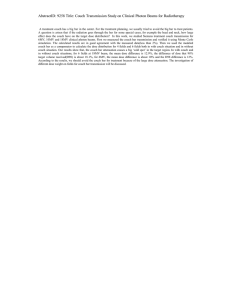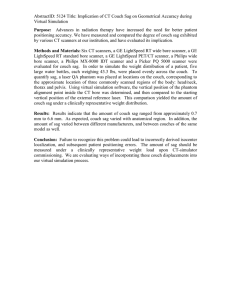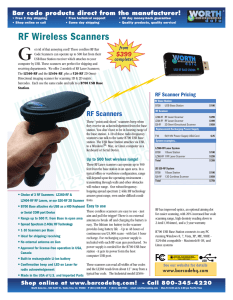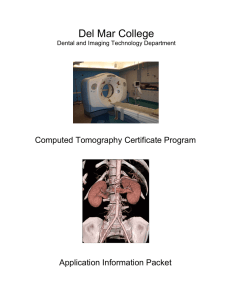Document 14352331
advertisement
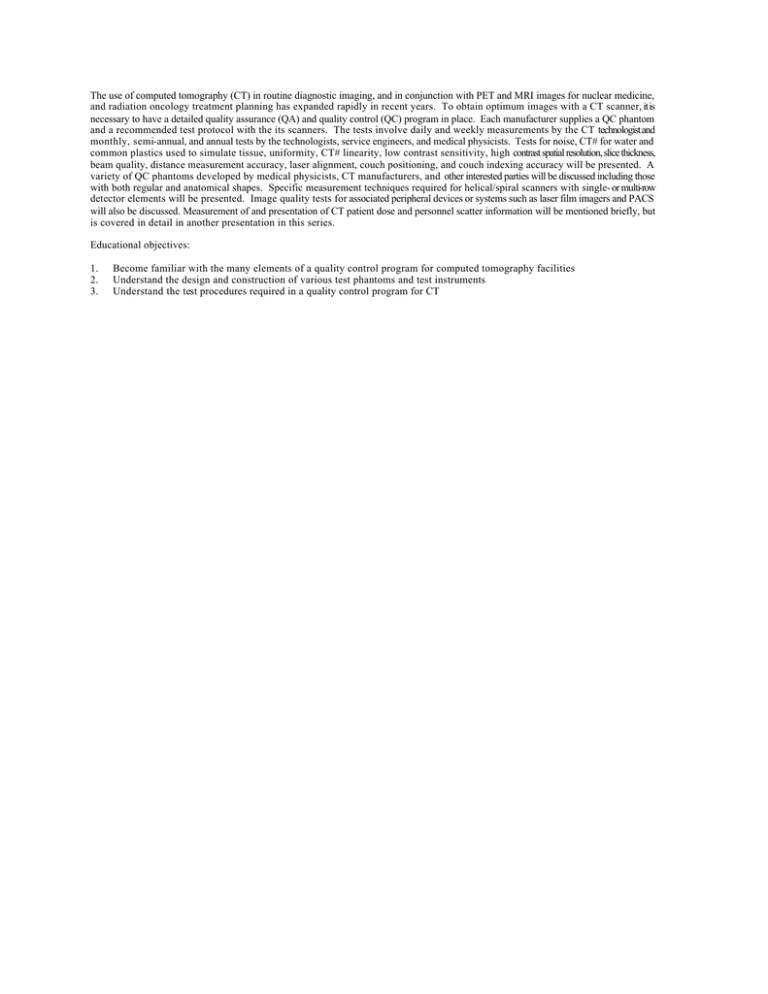
The use of computed tomography (CT) in routine diagnostic imaging, and in conjunction with PET and MRI images for nuclear medicine, and radiation oncology treatment planning has expanded rapidly in recent years. To obtain optimum images with a CT scanner, it is necessary to have a detailed quality assurance (QA) and quality control (QC) program in place. Each manufacturer supplies a QC phantom and a recommended test protocol with the its scanners. The tests involve daily and weekly measurements by the CT technologist and monthly, semi-annual, and annual tests by the technologists, service engineers, and medical physicists. Tests for noise, CT# for water and common plastics used to simulate tissue, uniformity, CT# linearity, low contrast sensitivity, high contrast spatial resolution, slice thickness, beam quality, distance measurement accuracy, laser alignment, couch positioning, and couch indexing accuracy will be presented. A variety of QC phantoms developed by medical physicists, CT manufacturers, and other interested parties will be discussed including those with both regular and anatomical shapes. Specific measurement techniques required for helical/spiral scanners with single- or multi-row detector elements will be presented. Image quality tests for associated peripheral devices or systems such as laser film imagers and PACS will also be discussed. Measurement of and presentation of CT patient dose and personnel scatter information will be mentioned briefly, but is covered in detail in another presentation in this series. Educational objectives: 1. 2. 3. Become familiar with the many elements of a quality control program for computed tomography facilities Understand the design and construction of various test phantoms and test instruments Understand the test procedures required in a quality control program for CT
